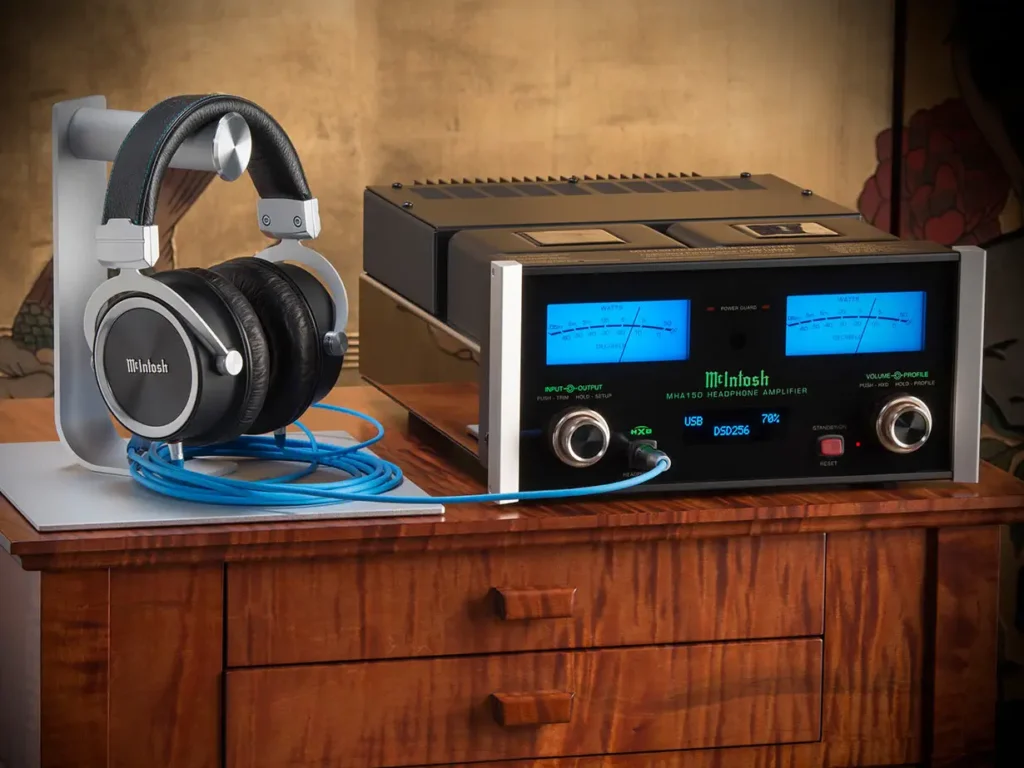The new Platinum series from a reputable manufacturer is in a difficult competitive segment of not particularly expensive but high-quality acoustics. On the side of the British is a modern attractive design and almost uncolored honest sound.
Sometimes design is just design. Without deliberate vintage notes, artistic intricacy, or stylization of the national school. The Tannoy Platinum F6 floorstanders look fresh, modern, and moderately neutral – especially, in my opinion, in the “white top – light bottom” version. There is also a black version and “burgundy”, which I want to call simply “dark nut”. Platinum F6 Floorstanding Speaker
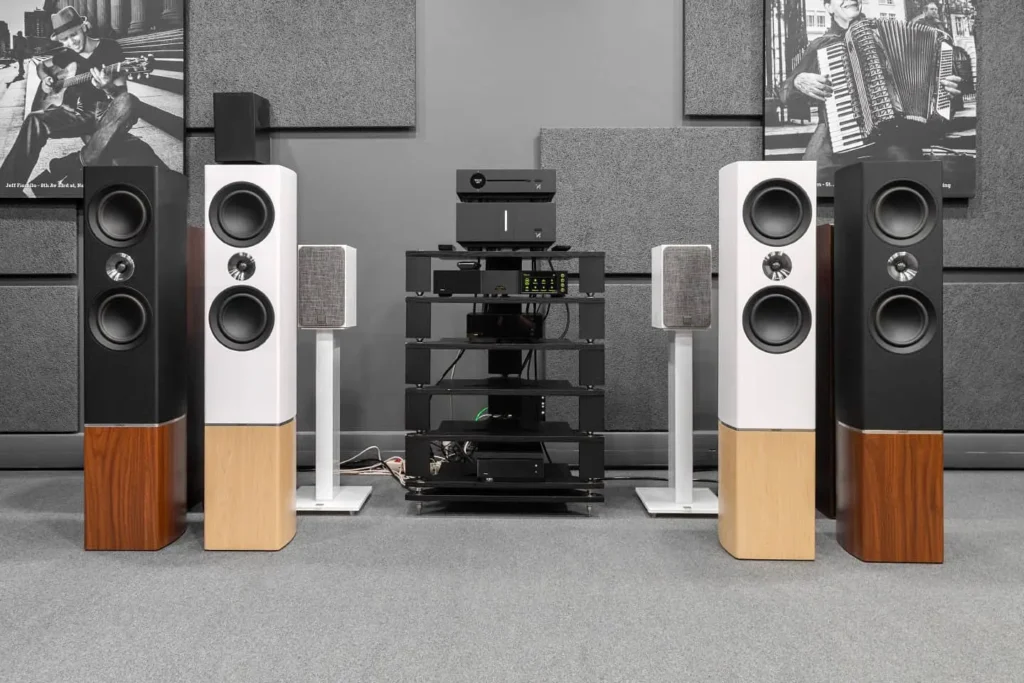
The upper segment of the speakers, covered with a matte film that is pleasant to the eye and touch, is separated from the imitation veneer base by a thin shiny aluminum strip with the company logo. The corners of the speakers are emphatically smoothed – especially at the back. In general, the design is conducive to family harmony – men may see in its associations with fragments of the interior design of elite cars, expensive tobacco products (not an advertisement for such!), and women – with elegant Merci candies or lipstick tubes.
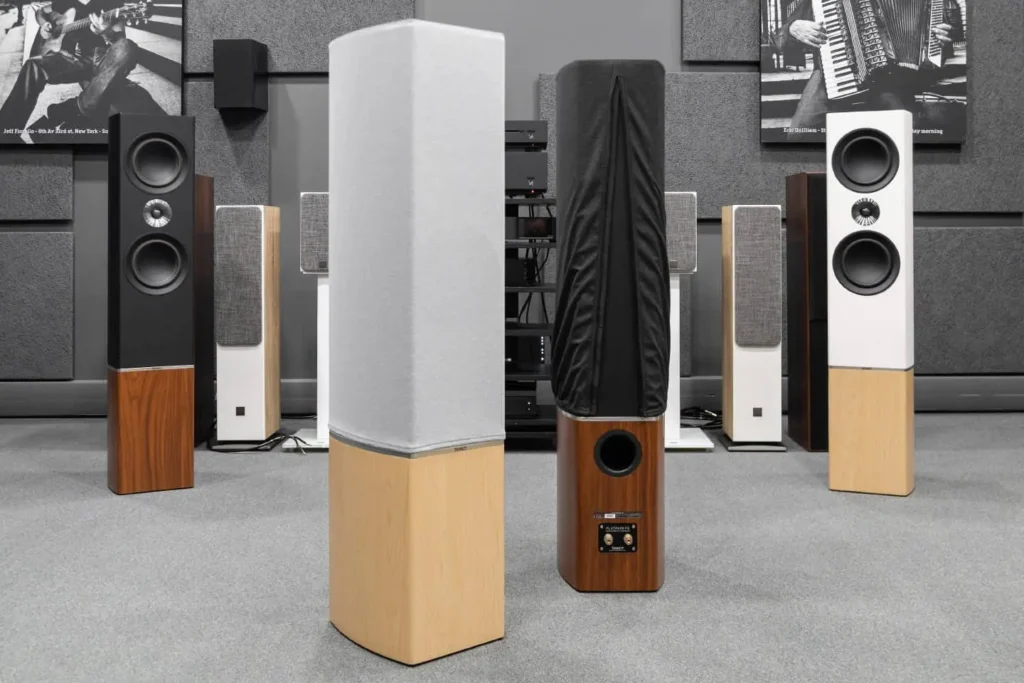
At the base of the rear wall, there is a large round phase inverter hole, and under it, there are two screw terminals for the speaker cable. Instead of front grills, original fabric covers are used, which cover the entire upper part – practical, but part of the impression of the spectacular front side is lost. There are no spikes for contact with the floor – the manufacturer preferred resonance-damping rubber feet. Tannoy Platinum F6 Floorstanding
Don’t trust your eyes (and hands)
The smooth matte 165mm mid/bass drivers look like polypropylene, and when I was told they were specially treated paper, I couldn’t help but touch them surreptitiously – the material feels like plastic. This combination of lightness and rigidity helps improve fidelity and avoid unwanted distortion. Between the large drivers in the center is a 25.4mm silk dome tweeter. The design uses two crossovers at 2,500 and 350 Hz.

During the test listening, the source was a rather expensive network player that played high-res digital recordings from a USB drive, as well as tracks from the Tidal service. As a DAC and preamplifier, the organizers used a multifunctional device in tandem with a pronouncedly linear power amplifier from the same line Quad Artera Stereo. The components were connected with Atlas Mavros XLR interconnect cables and an Atlas Mavros Ultra digital cable, and the speakers worked with an Atlas Hyper 3.5 speaker cable.
Engaging frankness
The melodic instrumental composition “Satin Shores” by guitarist Valery Didyulya together with (pardon!) Dmitry Malikov at the piano captured attention from the first notes with a well-developed guitar that harmonized perfectly with the accompanying musicians, but the piano that followed seemed unnaturally “glassy”. Are these recording flaws or the peculiarities of the setup? I compare it with “Alla Turca from Piano Sonata No. 11” by Mozart performed by the famous Hungarian pianist Jenő Jandó, and we see a completely different piano – soft, light, and virtuosic. Platinum F6 Floorstanding Speaker
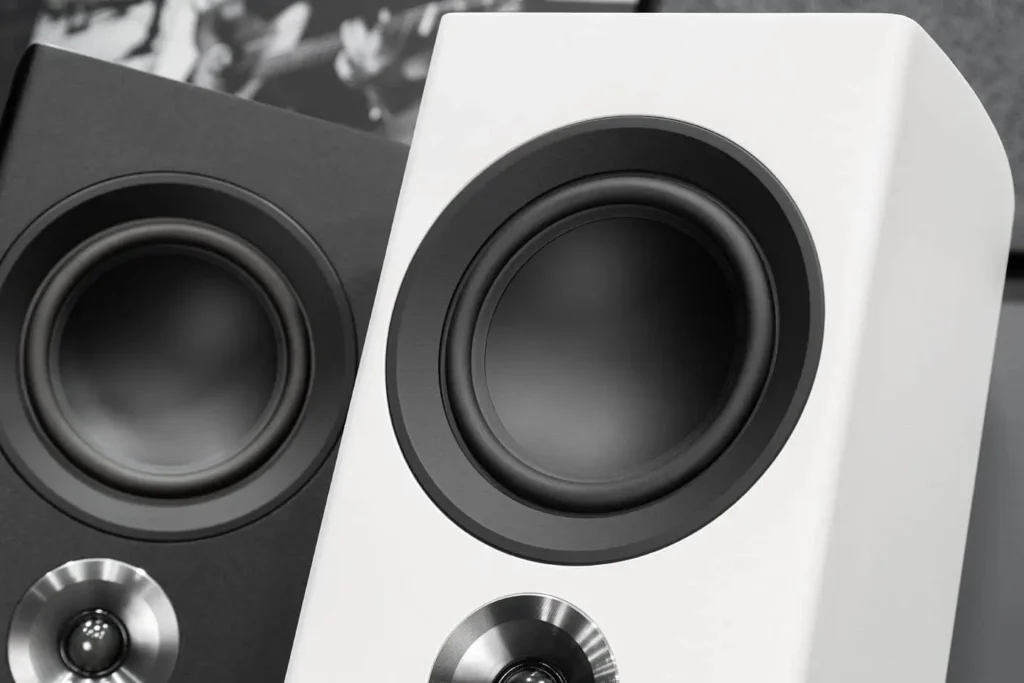
We continue listening to Mozart with the overture to “Le nozze di Figaro ossia la folle giornata” from the Slovak chamber orchestra Capella Istropolitana. Here the speakers create an informative scene, in which, with overall balance, the string section sounds especially advantageous. And if you compare this with how the acoustics deliver the monumental RTE Philarmonic Choir and the National Symphony Orchestra of Ireland in Verdi’s opera “Aida”, you get the feeling that the speakers scaled the opera space to the size of the room, preserving the placement of the performers, and you feel like Gulliver, who stuck his head into the local theater. But this is better and more authentic than squeezing large images into a heap, which is sometimes the fault of some equipment.
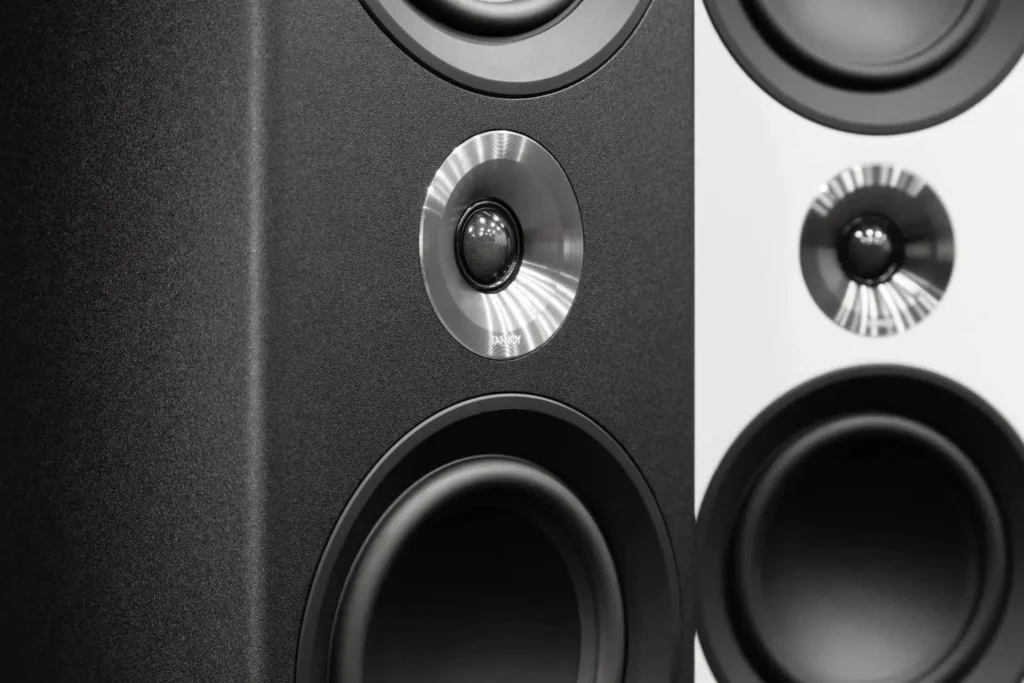
The album “Argus” by the British rock band Wishbone Ash is recorded so well that it sounds spectacular on almost all high-quality speakers. Even now, the acoustic guitar is presented beautifully, the vocals are highlighted, and there is good support in the “lows”. And now let’s add expression – the composition “Set Me Free” from the glam rock classic Sweet (by the way, it was in this 1974 album that the band’s name lost the article “The”) is known for the virtuoso drums of Mick Tucker, and the speakers managed to convey their fast, rolling beat along with well-drawn guitars. True, now you can complain about the lack of low frequencies, but this already applies to the features of the recording.
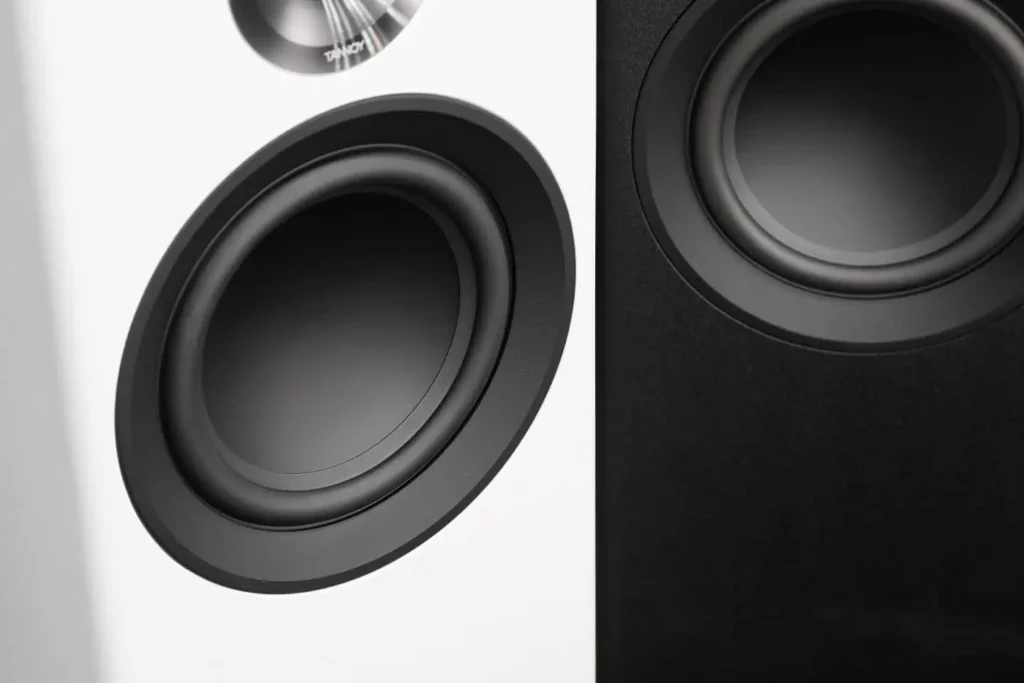
However, bass lovers will not be upset: the album “Making Mirrors” by Australian artist Gotye showed that Tannoy Platinum F6 can give a sharp push to the chest – not that much, but they are capable of creating the desired effect. This opinion was reinforced by the joint album “Convergence” by Malawian-British artist Malia and Swiss musician (known as the co-founder of the Yello duo) Boris Blank, which also demonstrated a decent return on the “lows”.
The electronic composition “Pacific” by the Soviet-Latvian group Zodiac, well digitized from the Aprelevka plant’s record, pleased with its vintage atmosphere and how accurately the speakers managed to convey the original sound, familiar from school discos. Platinum F6 Floorstanding Speaker
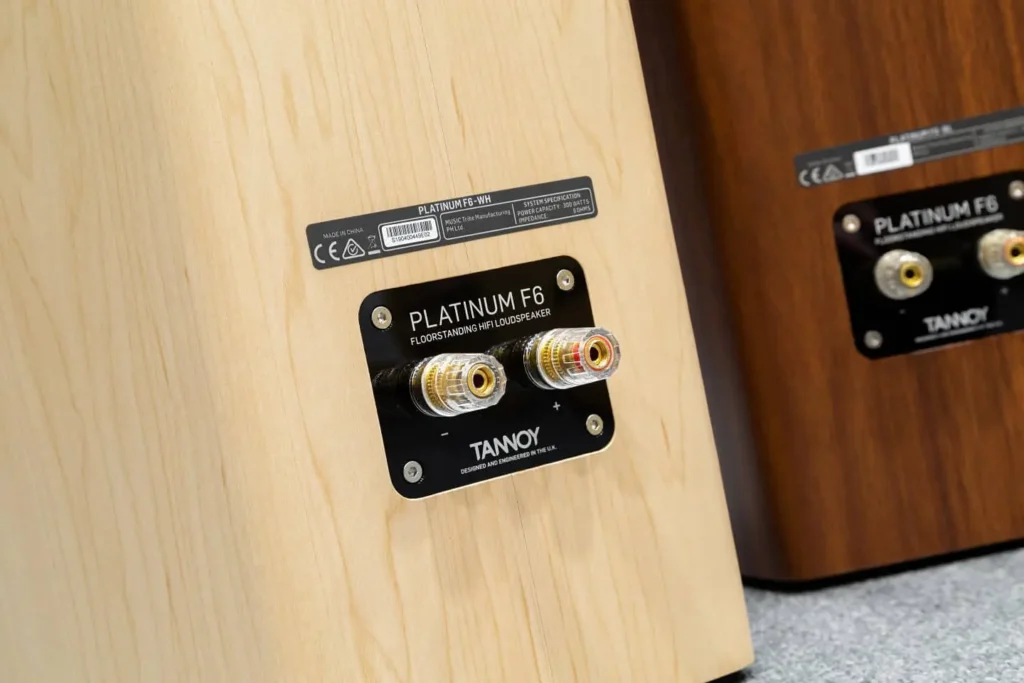
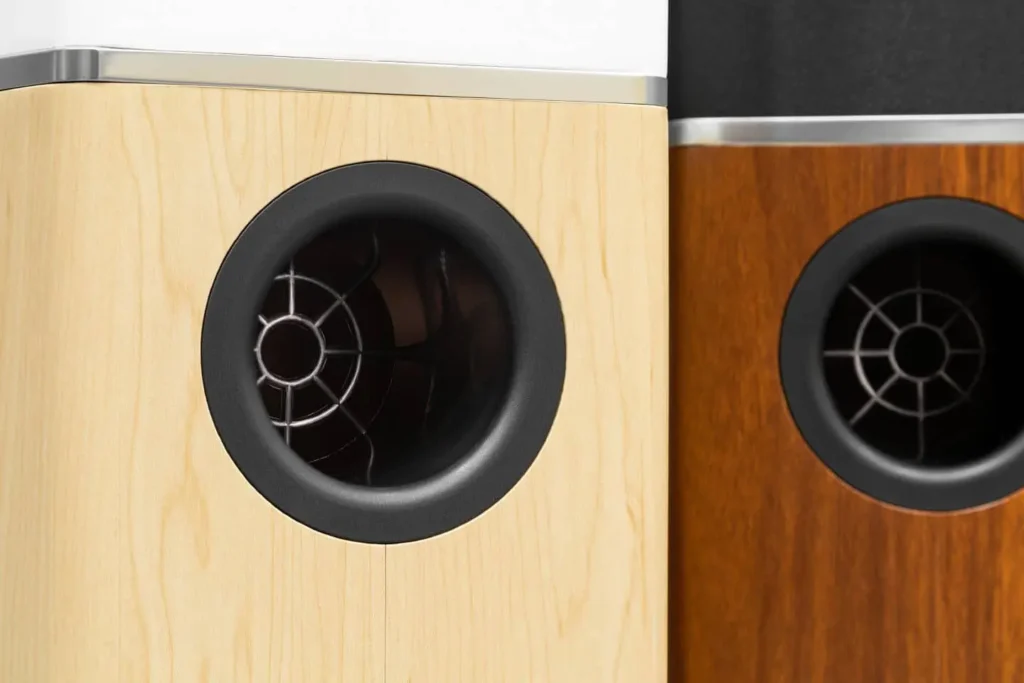
Now let’s check how correctly the acoustics cope with high frequencies. The album “The Miracle” by Queen is recorded very loudly, and in the composition “The Invisible Man” other equipment even breaks into a whistle. However, now the speakers produce quite a comfortable sound with a minimum of sibilants. In the eponymous composition “The Miracle” Freddie’s vocals are convex and sharp, but the overall impression of the delivery is very positive.
In general, the Tannoy Platinum F6 speakers hardly give out any “self-indulgence” and demonstrate the very familiar sound of specific artists and albums that you are accustomed to. So here a lot depends on the signature of the components, which you can choose to your taste.
Conclusions
Floor-standing Tannoy Platinum F6 are what are called “just good speakers” that are sought after by moderately demanding users who have not yet caught the audiophile virus. They will complement a modern interior well, but will not “pull the blanket” of attention to themselves, will work well with many components, and will reveal the features of their presentation. If they seem too “neutral-correct” to someone in the proposed setup, then the presentation can be changed by choosing a “brighter” amplifier.
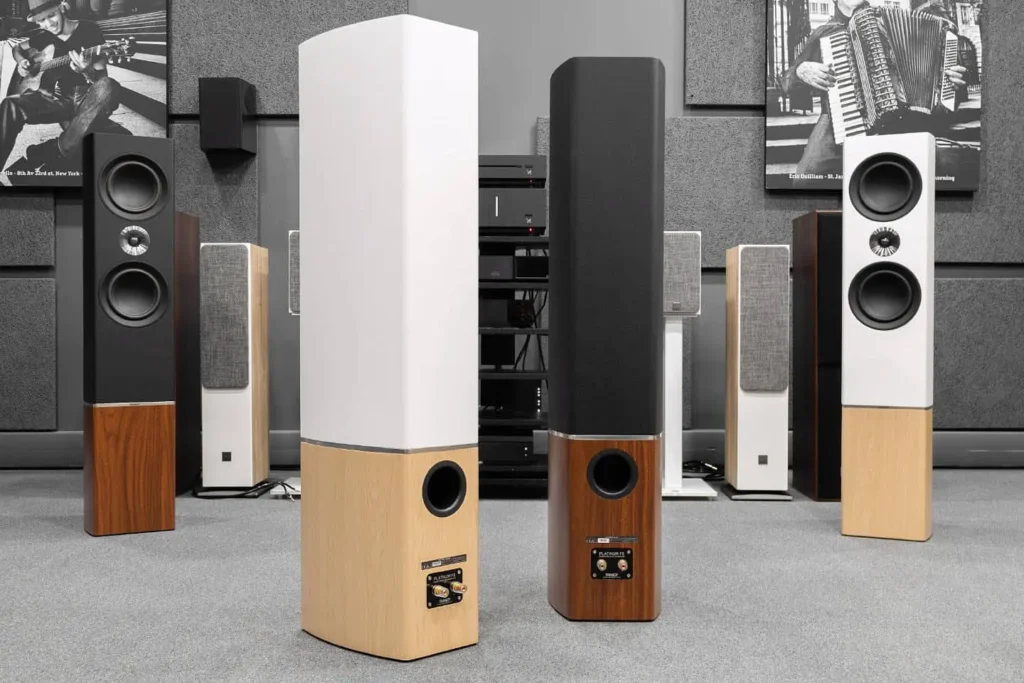
Specification
Advantages: Confident work with different genres, neutral presentation, reliable reflection of the recording and source features, modern design.
Flaw: It follows from the advantages – perhaps someone will prefer acoustics with a distinct individual style or a different design approach.
Price: 66,990 rubles
Passport details
Number of stripes: 3
Acoustic design: bass reflex
HF driver: 25.4mm silk dome, neodymium magnet
MF/LF driver: 165mm paper pulp with composite
Crossover frequency: 350 Hz, 2500 Hz
Impedance: 8 Ohm
Frequency range: 40–20,000 Hz
Sensitivity: 87 dB
Recommended power: 25-150 W
Dimensions (WxDxH): 235x300x1078 mm
Weight: 17.1 kg (one column)


